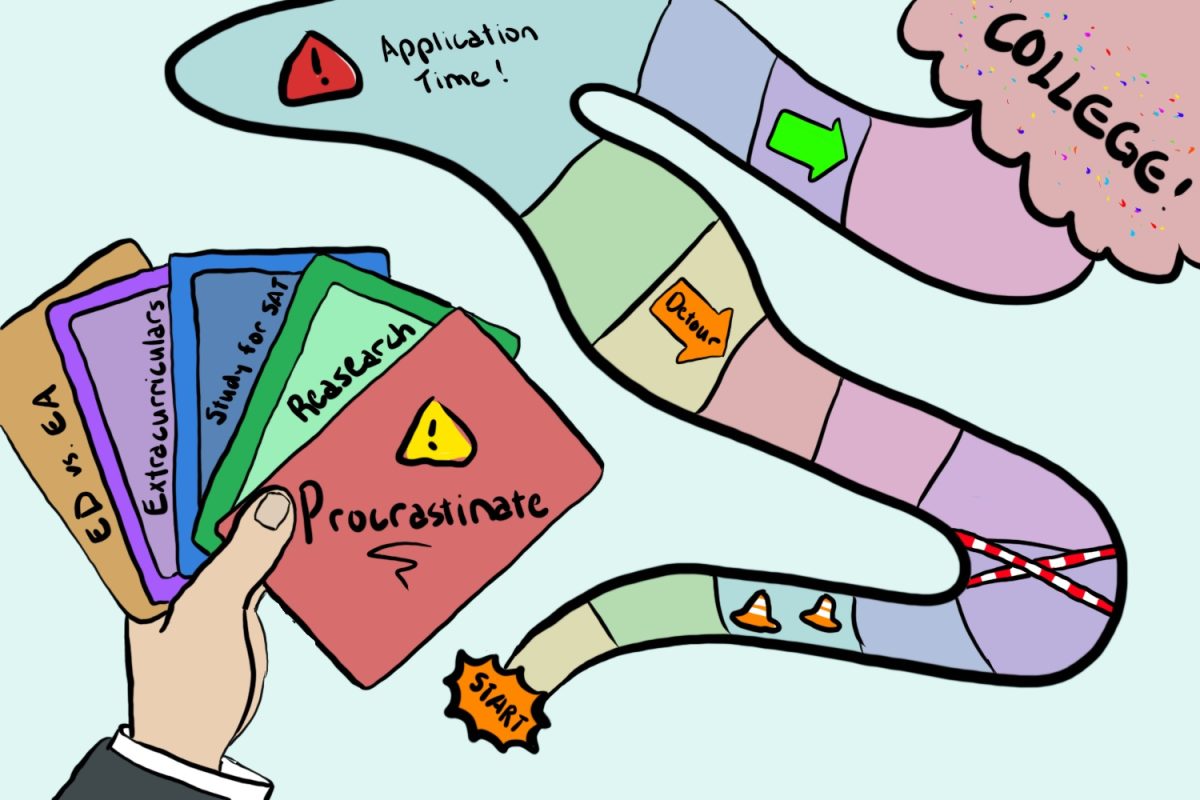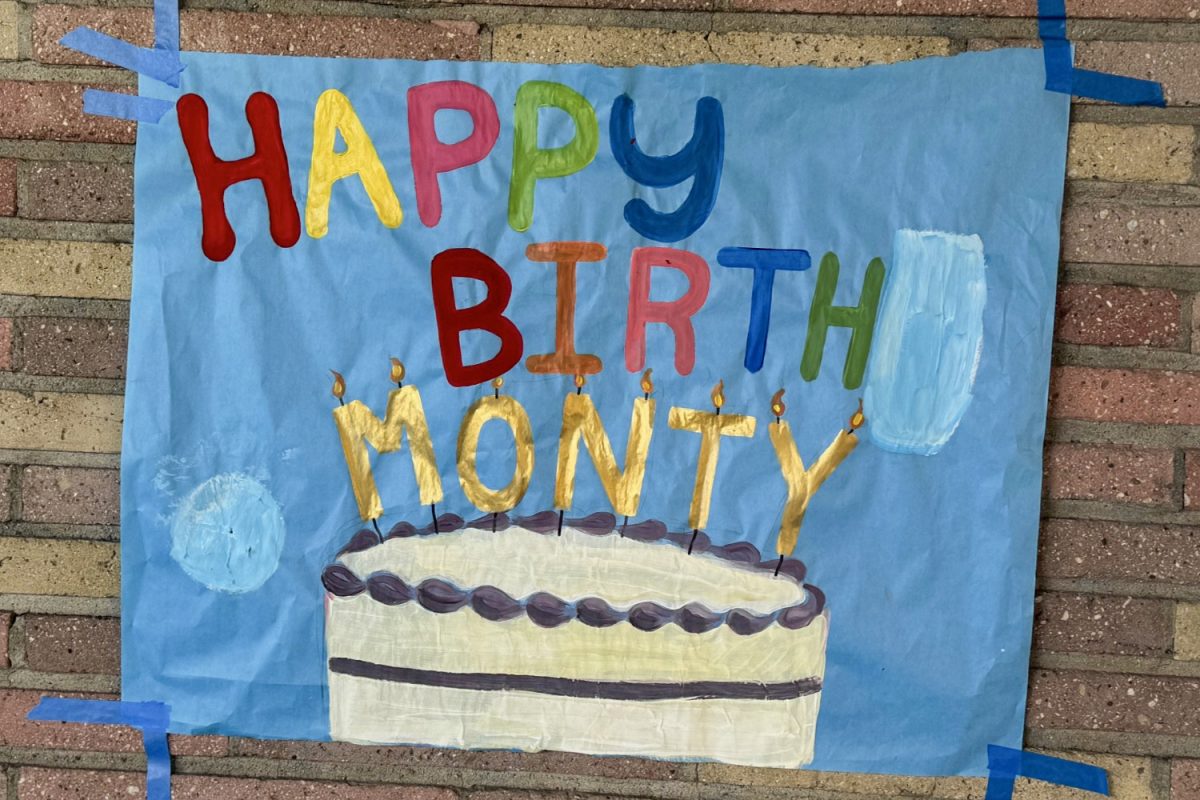Members of the Plastic Models Club work persistently on their projects at the weekly club meetings. From the initial build to outlining the final touches, everyone strives to create a finished product that they are proud of.
Though the hobby requires a noticeable amount of effort, it ultimately provides a satisfying reward, according to Club President Partick Carlos.
“You have a physical manifestation of your effort,” Carlos said. “You see all the hard work that you put in, and you see the fruits of that labor on display.”
Plastic Models Club is new to Carlmont this year and held its first official meetings last semester. Club members meet every Wednesday at lunch in B3.
Carlos introduced friends and classmates to the hobby to expand the club’s size. Despite the learning curve, most club members have successfully figured out the process of making a plastic model.

Various tools are needed to build a plastic model. The tools from left to right are: clippers, two tweezers, pen, sandpaper, and another pen.
The first step in building a plastic model is to organize the parts which are packaged together in rectangular plastic sheets called sprues. Clippers separate the pieces from the sprues. The building kit also contains an instruction manual.
“The instruction manual tells you which parts to cut out and put together. It’s a bit hard building your first one, but you understand how to do it as you get better at building plastic models,” said Adrian Garcia, a club member.
Some of the pieces are small or delicate, so tweezers are used to put them in the correct place, Carlos explained.
After the model is put together, the builder can choose to add final touches to enhance the quality of the work. One way to do so is to outline parts of the models with a pen.
Kits also provide stickers that can be used as decoration or to cover parts that were printed a different color. According to Carlos, some club members choose to paint parts rather than use stickers.
“The beauty of plastic models is that you’re not trying to follow instructions to a tee. You’re following all the instructions, and then you’re adding your personal touch to it. That’s one of my favorite parts about it,” Carlos said.
So far, members work on individual projects during the club meetings to gain experience. Since the club has met regularly for a semester, Carlos plans to begin a collaborative project for the club at the next meeting, which will require teamwork and communication to build different aspects of the project.
“They work on important skills like team building and making a plan together about how to tackle something,” said Alexander Wallace, a physics teacher and the club’s adviser.
According to club member, making plastic models is a fun and creative hobby that anyone can pick up. It requires a fair amount of determination, but the final results give the builder a sense of pride and accomplishment.
“It’s a hobby anyone can pick up if they have the patience for it. In truth, there is no one singular type of plastic model. You can build tanks, planes, boats, cars, people, scenery,” Carlos said. “The limit is whatever is out there, and there’s so much out there that there is something for everyone.”












